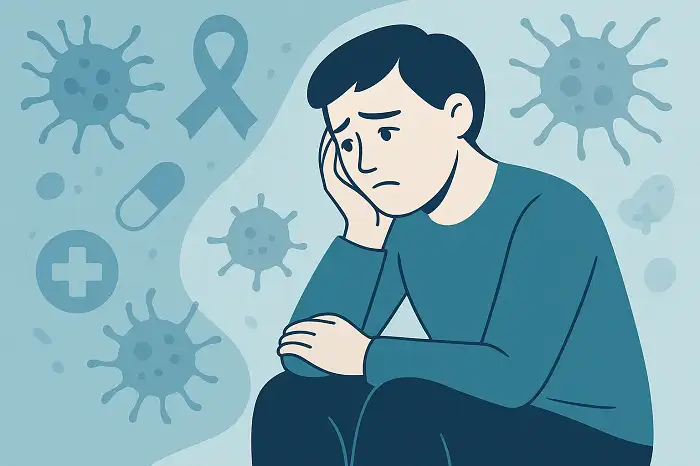English Documentary on Plague with Transcript & Flashcards to perfect your reading and listening abilities and expand your academic and scientific vocabulary Source of documentary: National Geographic YouTube Channel Listening comprehension https://www.youtube.com/watch?v=MYnMXEcHI7U Reading comprehension What is plague? Plague is notorious for causing mass sickness and devastation. But as much tragedy as the disease has caused, it also helped drive crucial scientific and social progress. Plague is an infectious disease caused by the bacterium, Yersinia Pestis. It mainly affects rodents and spreads by way of insects. Because of these insect carriers, plague has been passed onto humans with devastating consequences. Plague pandemics Three ...
Home » English Documentaries with Transcript » English Documentary on Plague with Transcript & Flashcards

English Documentary on Plague with Transcript & Flashcards
Updated: by Dr. Mohammad Hossein Hariri Asl
Time to Read: 4 minutes | 376 Views | 8 Comments on English Documentary on Plague with Transcript & Flashcards
Share This Post
About the Author
Dr. Mohammad Hossein Hariri Asl is an English and Persian instructor, educator, researcher, inventor, published author, blogger, SEO expert, website developer, entrepreneur, and the creator of LELB Society. He's got a PhD in TEFL (Teaching English as a Foreign Language).
Number of Posts: 4235



This documentary actually made me remember the covid-19 virus and it was really bad and annoying. But the scary thing is that the people of those times have no idea about the black death and those peoples should be really scared. This was particularly evident in the second and most infamous plague pandemic. In the 14th century, Europe was experiencing and economic and population boom, especially in cities. Proper waste management did not exist at the time, making cities vulnerable to disease.
After trade routes brought plague from Asia, where it killed millions in China and the Middle East, the disease wiped out about a third of Europe’s population, earning itself the moniker, the Black Death. It was really bad to have this disease.
Thank you, Soroosh, for your thorough comment!
Feedback:
1. You should know the different between COVID-19 and CoronaVirus. COVID is an abbreviation for CoronaVirus Disease. Therefore, the word, disease, is redundant after COVID-19.
2. the people of those times HAD no idea
3. those peoples = those people
4. Europe was experiencing an economic …
It must have been so dark those years. I always thought that the doctors’ masks where so creepy.
I’m so grateful that in our time the medical knowledge has improved a lot compared to past centuries.
I hope that we find the cure for other devastating diseases as well.
* were so creepy *
Glad to see you evaluate and analyze your own writing.
Thanks for your comment.
Feedback
1. the medical knowledge = medical knowledge
2. I hope that we find = I hope that we will find …
It is really horrifying to imagine this amount of death in those times. I’m wondering how dirty their cities where. I’m glad this things have improved now.
Thanks for commenting.
Feedback
1. how dirty their cities where. = how dirty their cities were!
2. this things = these things